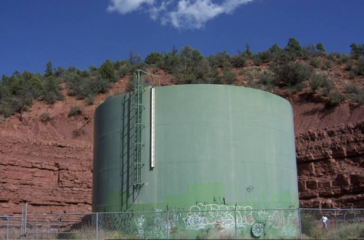Nearly half of US drinking water contains toxic PFAS chemicals, study finds
By Shannon Kelleher
At least 45% of US tap water is contaminated with harmful synthetic chemicals known as per- and polyfluoroalkyl substances, or PFAS, a new federal study estimates.
 EWG
EWG

